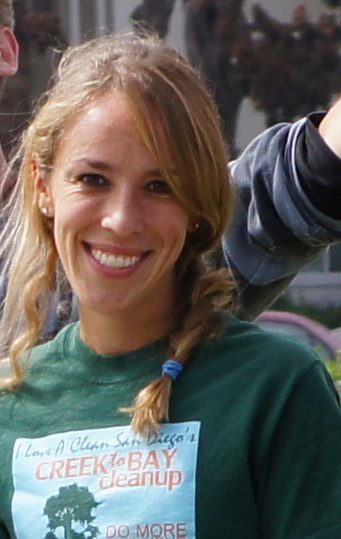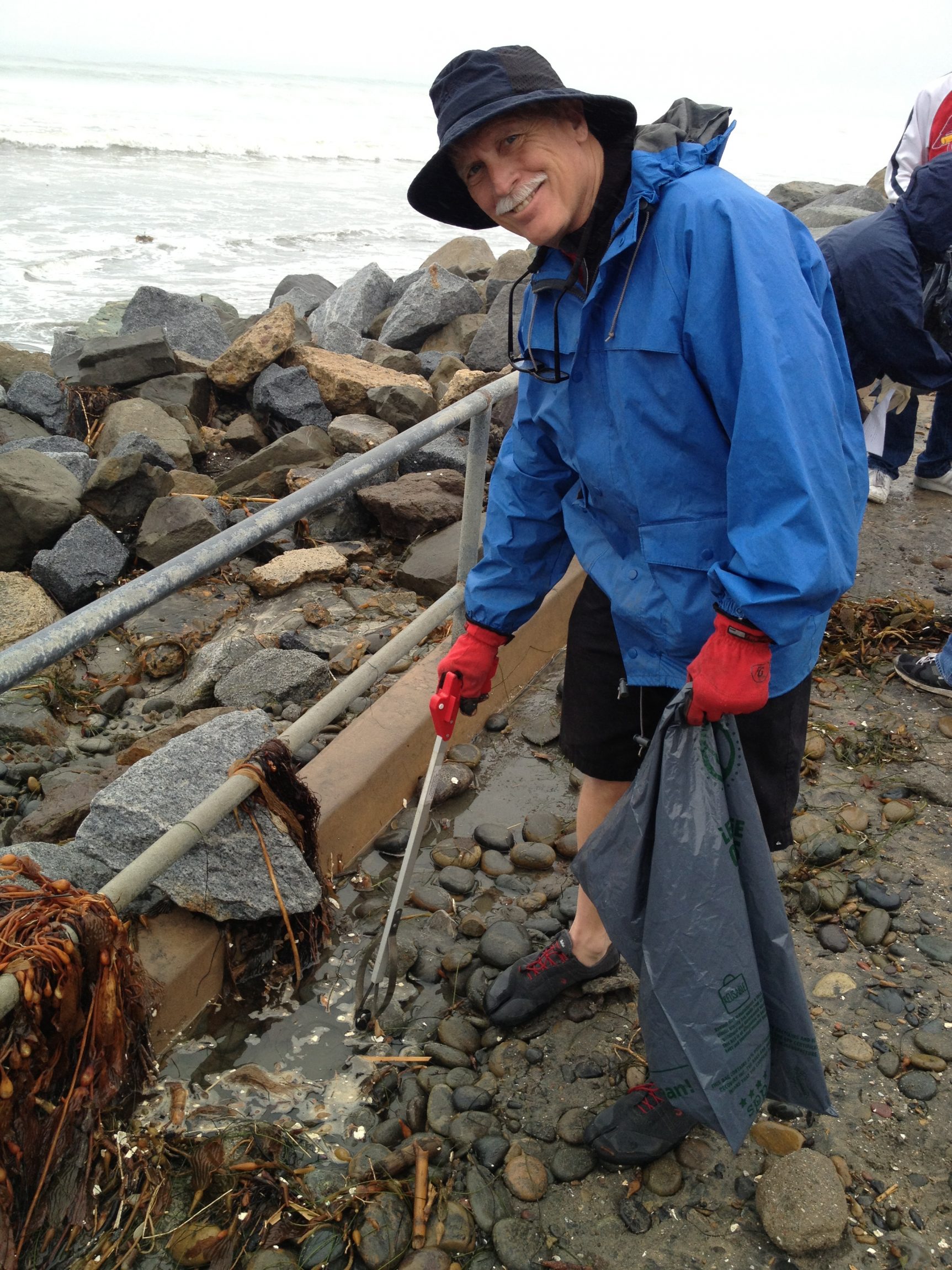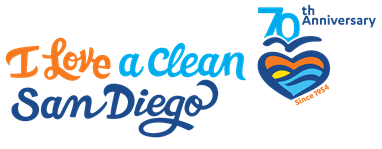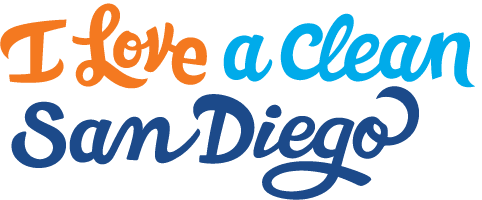 Today’s blog comes from our Community Events Coordinator, Lexi! If you have volunteered at one of our cleanups there is a good chance you’ve listened in on one of her safety talks and witnessed her passion for the environment first-hand. Read on to learn more about why you should join her this Saturday, January 17th for one of our most unique cleanups of the year!
Today’s blog comes from our Community Events Coordinator, Lexi! If you have volunteered at one of our cleanups there is a good chance you’ve listened in on one of her safety talks and witnessed her passion for the environment first-hand. Read on to learn more about why you should join her this Saturday, January 17th for one of our most unique cleanups of the year!
Looking to put a spin on your next beach cleanup? Help us comb through the sand at Torrey Pines State Beach on Saturday, January 17! This is the first of our 2015 Tsunami Sweepers Cleanups, a series of volunteer events with a goal of tracking debris from the 2011 earthquake and tsunami that struck the eastern coast of Japan.
When the tsunami waves hit coastal Japan in March of 2011, an estimated 5 million tons of debris washed out into the Pacific Ocean. Of the 5 million tons, the Japanese Government has approximated that 30 percent of it—1.5 million tons—was buoyant enough to travel out into the ocean via wind and water currents.
Over the next several years, Californians should expect to see an increased volume of debris washing ashore—and some of it has traveled very, very far to get here. Thankfully, NOAA (the National Oceanic and Atmospheric Administration) anticipates no elevated level of radiation in any of these items that may have originated near the nuclear power plant in Fukushima.

Thanks to the California Coastal Commission, we will be providing volunteers with data cards at these cleanups so that they can search for and track possible debris from this disaster. What will this debris look like? Some expected items include construction debris like lumber or building materials, consumer debris with Japanese characters or text, fishing gear, and polystyrene foam (Styrofoam).
Think it’s easy to identify these items and trace them back to Japan? It may be more difficult than it sounds. Even if our volunteers find large volumes of polystyrene foam debris, it can be challenging—and maybe even impossible—to be able to track it back to Japan. After all, our volunteers find polystyrene foam litter at many of our other cleanups, too.
But we purposefully selected Torrey Pines State Beach as the location for this event. NOAA has estimated that any tsunami debris that does wash up this far south down the coast will hit Torrey Pines, based on water and wind current patterns.
 The California Coastal Commission funded a round of these cleanups in 2013, and more than 5,400 volunteers hit beaches up and down the coast to hunt for tsunami debris. While it has been challenging to confirm that any of the items found originated in Japan, many suspicious items have been found, including building materials and lumber with joinery more common to Japan than to US construction.
The California Coastal Commission funded a round of these cleanups in 2013, and more than 5,400 volunteers hit beaches up and down the coast to hunt for tsunami debris. While it has been challenging to confirm that any of the items found originated in Japan, many suspicious items have been found, including building materials and lumber with joinery more common to Japan than to US construction.
Volunteers are still needed for this event. To get involved, contact Lexi Ambrogi at lambrogi@cleansd.org or 619-704-2778. Hope to see you there!

